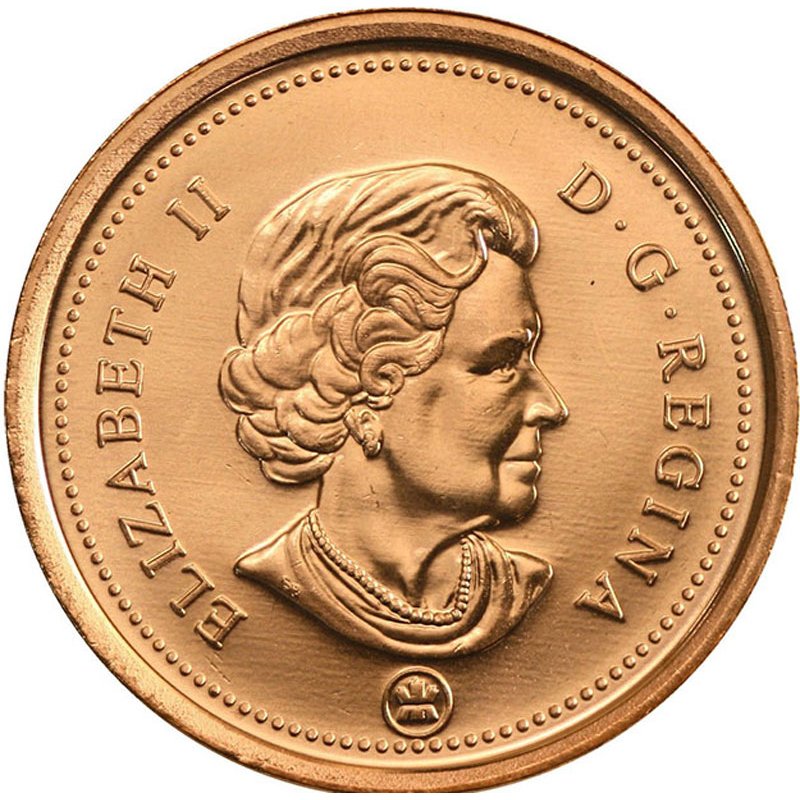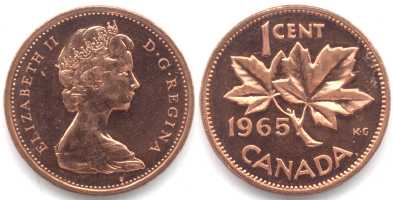Canadian Penny
These Canadian Coins can be found in your pocket change! We will look at the Top 10 Most Valuable Canadian Pennies that could be out in circulation today! Did you scroll all this way to get facts about canadian penny? Well you're in luck, because here they come. There are 1511 canadian penny for sale on Etsy, and they cost $15.66 on average. The most common canadian penny material is metal. The most popular color? You guessed it: copper. The Canadian 1967 double date coin is worth a minimum of 2 cents due to the metal content of the coin. Depending on the condition of the coin, a circulated coin may be valued at between 25 cents and 45 cents. Uncirculated coins are worth considerably more, usually between $5 and $95. Canadian coins less than a loonie (Canadian $1) have steel cores. In the history of Canadian coins, the dimes minted between the year 1968 and 1999 were made of nickel. In year 2000, all Canadian coins have 90-95% steel as an intrinsic (base) metal and plated with nickel, zinc or copper to add color.


An article on the intrinsic composition and magnetic qualities of Canadian coins. Learn about the intrinsic composition and Canadian coin metal content.
Nickel and ferrous materials (such as steel) are magnetic. Thus, most Canadian coins with a P (plated on steel blanks) and RCM (Royal Canadian Mint) mintmarks are picked up by the magnet.
On the other hand, American coins do not have a ferrous content.
Canada has one of the world’s top precious metal reserves. The Canadian government utilizes this natural resource to produce silver and gold coins.
Today, Canada ranks among the top nations to produce bullion coins and commemorative coins.


Canadian coins less than a loonie (Canadian $1) have steel cores. In the history of Canadian coins, the dimes minted between the year 1968 and 1999 were made of nickel. In year 2000, all Canadian coins have 90-95% steel as an intrinsic (base) metal and plated with nickel, zinc or copper to add color.
Newer Canadian nickels are now made from cheaper metals affecting their magnetic properties.
However, most Canadian pennies do not stick to the magnet because of their copper content. It is also the same with 1858 to 1868 silver and gold Canadian coins.
Numismatists find the interesting magnetic qualities of the Canadian coins useful when segregating a hoard of mixed coin with different currencies. US coins and most other coinages are non-magnetic.
Canadian Penny Values
All denominations of the Canadian coins, namely the 1c, 5c, 10c, 25c, 50c, $1, and $2, are mostly made up of steel, copper, and nickel in various percentage composition.
Canadian Penny Value In Us

List of Canadian coins with composition
Canadian Penny Stocks
| Denomination | Composition |
| 1 cents (penny) | 94% steel, 1.5% nickel, 4.5% copper plating or copper plated zinc |
| 5 cents (nickel) | 94.5% steel, 3.5% copper, 2% nickel plating |
| 10 cents (dime) | 92% steel, 5.5% copper, 2.5% nickel |
| 25 cents (quarter) | 94% steel, 3.8% copper, 2.2% nickel plating |
| 50 cents (half-dollar) | 93.15% steel, 4.75% copper, 2.1% nickel plating |
| $1 (loonie) | 91.5% nickel, 8.5% bronze plating |
| $2 (toonie) | outer ring 99% nickel, inner core 92% copper, 6% aluminum, 2% nickel |